Cultural heritage
First, heritage
As China's national garden art museum, easy garden in addition to the collection of cultural relics value of painting and calligraphy, precious classical furniture, ancient stone carvings, each building on the ancient fine carving of cultural relics to build, the State Bureau of Cultural Relics cultural relics and ancient construction expert group leader Mr. Luo Zhewen on the easy garden of ancient construction garden assessment, the whole "easy garden is a cultural relics from the parts of the move up, and now on the Should be viewed as a unit of cultural relics protection", and praised "YiYuan is a model of cultural relics protection and utilization".
Section I. Relocation of ancient buildings
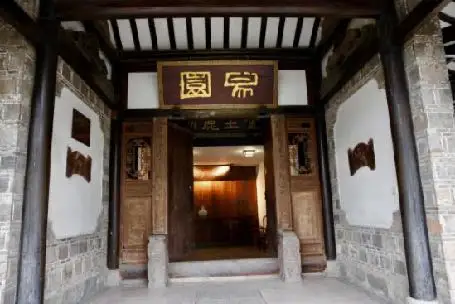
The Lai Shui Heen Gatehouse of the Heritage Building Removal Project
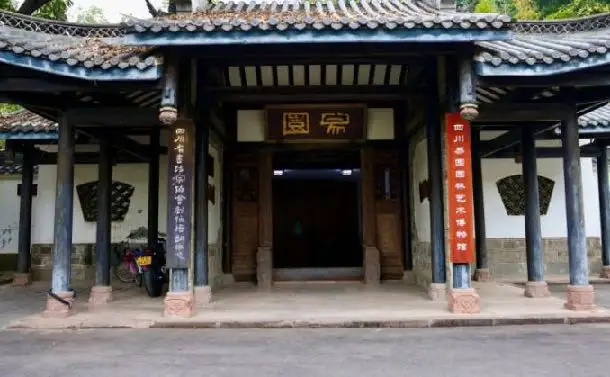
Ancient Gatehouse Removed in Its Entirety
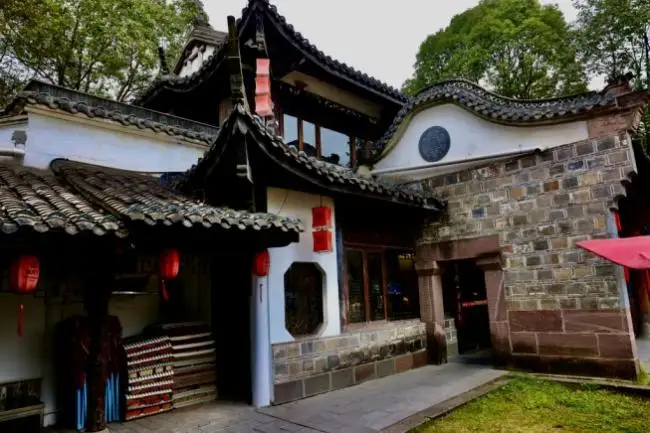
Heritage building moved to Han Feng Tang
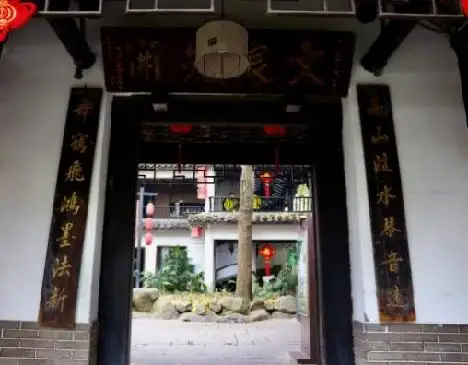
Heritage-grade old flat couplets
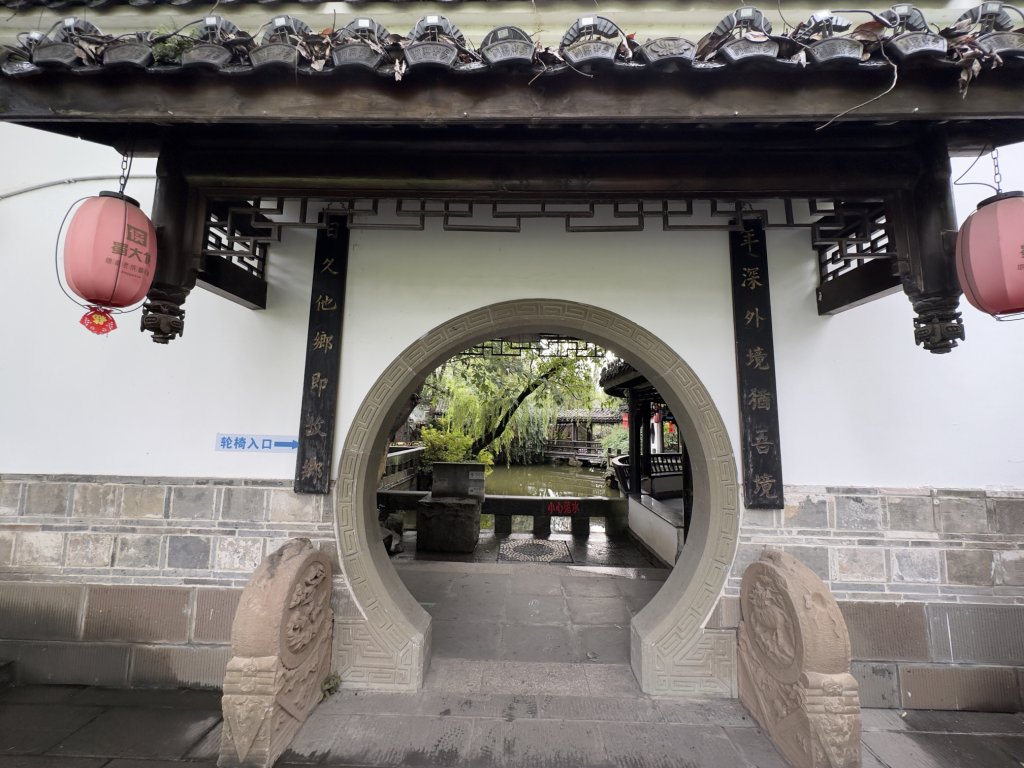
The door and corridor of "A Cave of Charming Heaven" were built by the ancient cultural relics, including ancient blue bricks, ancient stone door drums, ancient wood carvings, and ancient couplets.
Section II: Furniture of the Ming and Qing Dynasties"The Church of Transfiguration."
The mahogany furniture in the hall was once owned by the President of the Republic of China, Cao Kun, and the superbly crafted bronze ancient Buddha is the main point of Yi Hua Tang.
Yi Hua Tang Cultural Relics
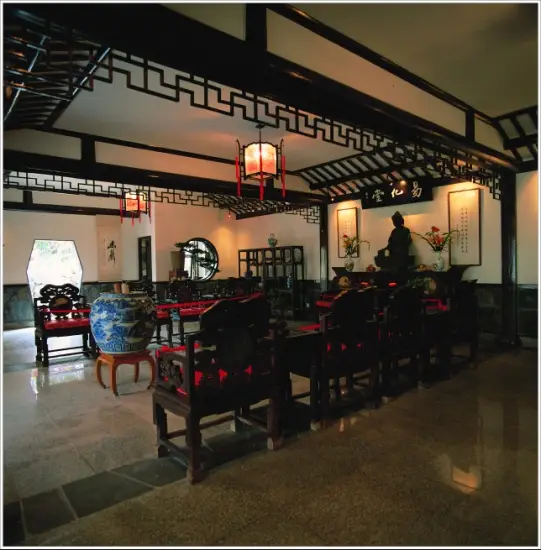
Cao Kun, President of the Republic of China, Republic of China Huanghuali Ganoderma Lucidum Pantai Official Chair
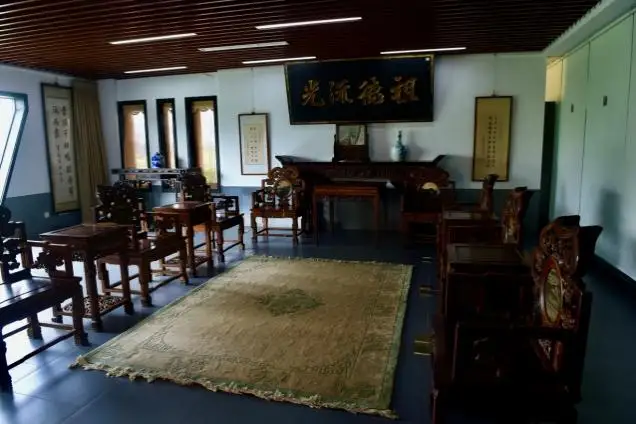
Antique Rosewood Lobby Chair
Section III. Construction of Ancient Buildings
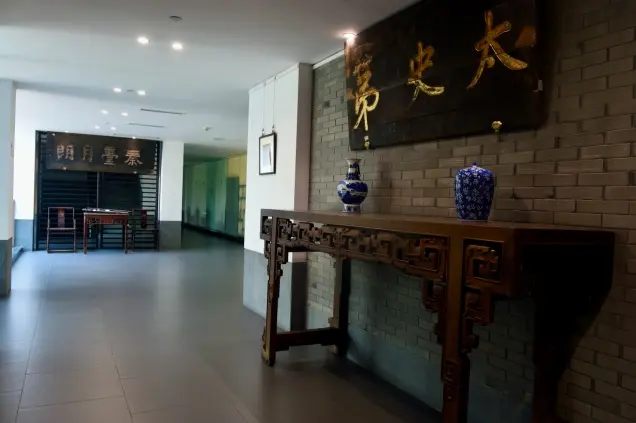
Ancient Desk and Plaque
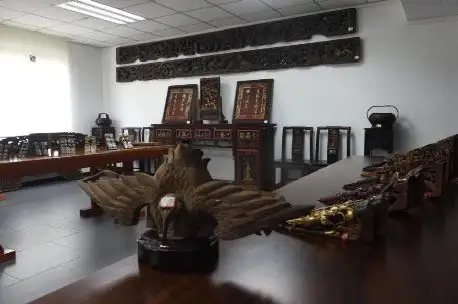
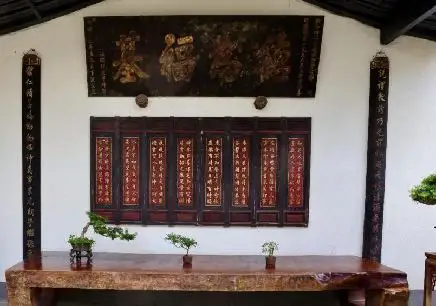
antique woodcarving
Section IV. Ancient stone carvings
a wonderful place in Sichuan (The ancient stone carvings on the gate (cultural relics and monuments) and the plaque titled "Western Scenic Spot of Shu" by Cheng Shifa, a contemporary master of painting and calligraphy, are blended into one, achieving the effect of blending the ancient and the modern.
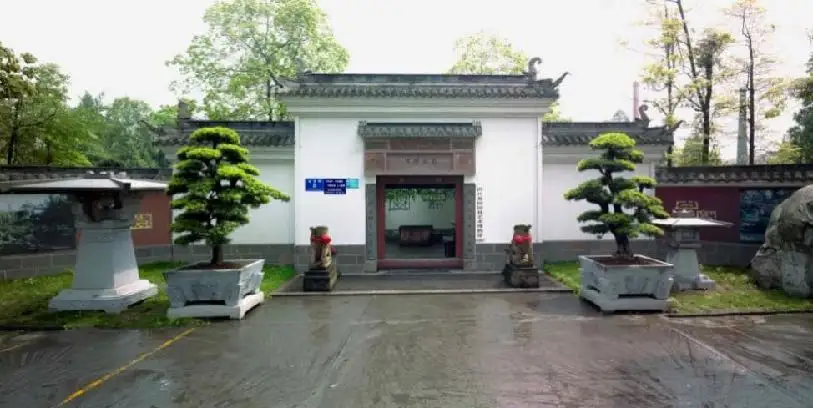
Early Stone Carvings in Yi Yuan "Western Scenic Spot of Sichuan" Gate TowerShishi (cultural relics)The stone lion at the entrance is a stone carving from the Ming Dynasty
The landscape is characterized by:
▲ Five tails erect;
The lion cubs under the protection of the mother lion are climbing upward, a rare folk stone carving art.
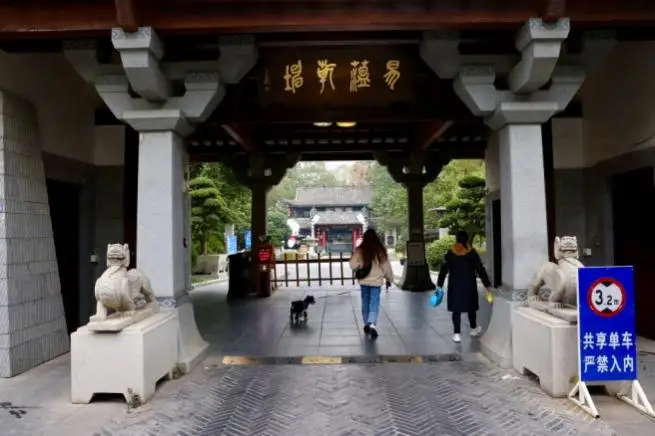
the Han dynasty equivalent of the beast of burden
Section V. Paintings and Calligraphy by Famous Artists
According to the State Administration of Cultural Heritage issued in 2001, "after 1949, the late famous painters and calligraphers works restriction of exit identification standard notice", works are not allowed to exit Shi Lu, Huang Miaozi, etc., representative works are not allowed to exit Xu Linlu, Li Qiongjiu, Chen Zizhuang, Zheng Naiguang, Cui Zikai, Cheng Shifa, He Haixia, etc., as a cultural relics level of management restriction of the exit.
Our museum with reference to the Sichuan Provincial Cultural Relics Bureau of Li Qiongjiu and other calligraphy and painting arts and cultural relics to do the positioning of the works in the collection of the above artists for the following cultural relics level (temporary) registration:
-
First-class cultural relics, paintings and calligraphy
Southeast, Northwest, and West Collection: Shi Lu's Inscription for Li Qiongjiu's Paintings and Calligraphy
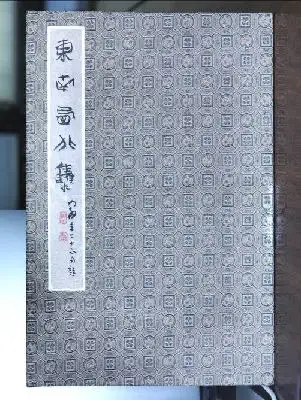
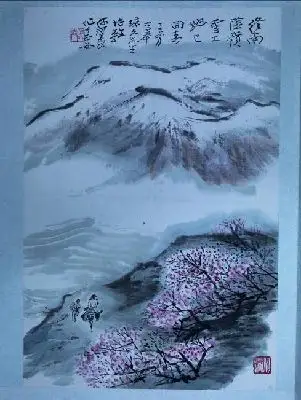
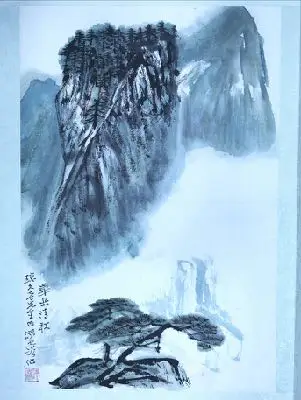
Li Qiongjiu book title and hold "East-West, South-North Collection" calligraphy and painting album pages, including three works of Mr. Shi Lu, a famous painter and calligrapher whose works are all prohibited from leaving the country under the regulations of the State Administration of Cultural Heritage; two works of Mr. He Haixia, a famous painter and calligrapher whose works are prohibited from leaving the country; and two works of Mr. Zi Ziwu, a famous painter and calligrapher whose works are prohibited from leaving the country.
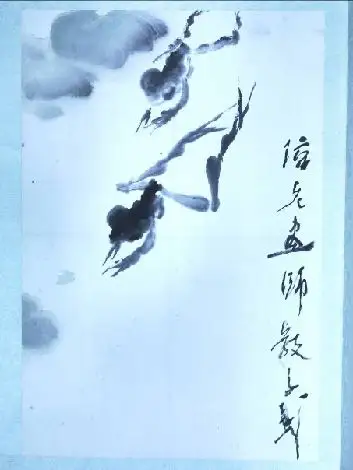
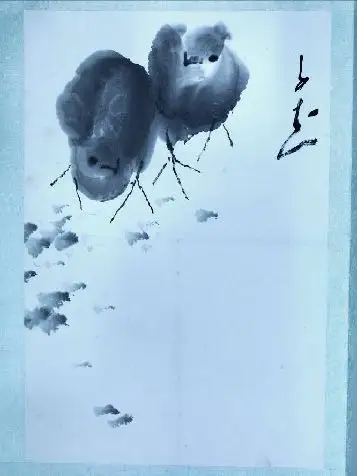
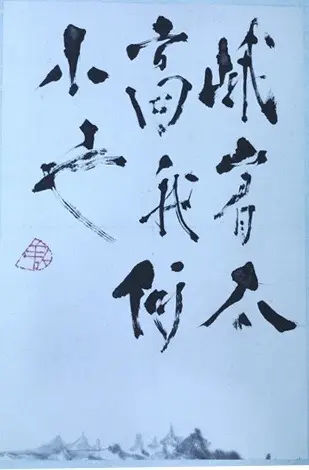
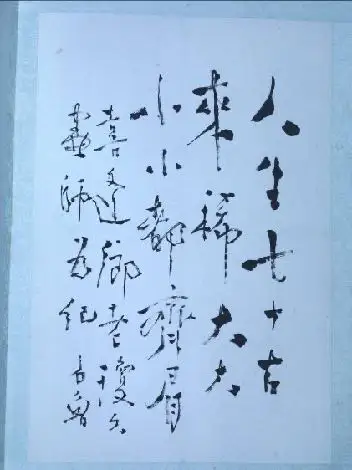
Mr. Shi Lu praised Mr. Li Qiongjiu's calligraphy and painting work titled "Emei is too high, why am I small?

Li Qiongjiu created a huge work "Luding Bridge" for the Great Hall of the People.
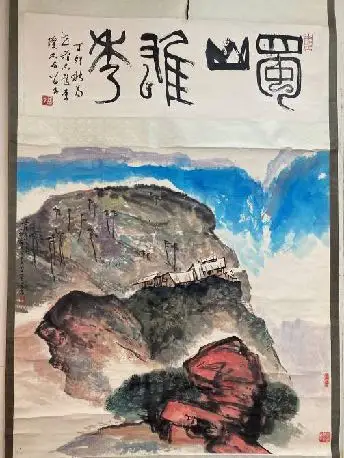
The State Administration of Cultural Heritage stipulates that all works are not allowed to leave the country, and the calligraphy and painting artist Huang Miaozi inscribed "Shushan Yaxiu" for Li Qiongjiu's representative work.

Li Qiongjiu's masterpiece "Hengjie E Peak" partial
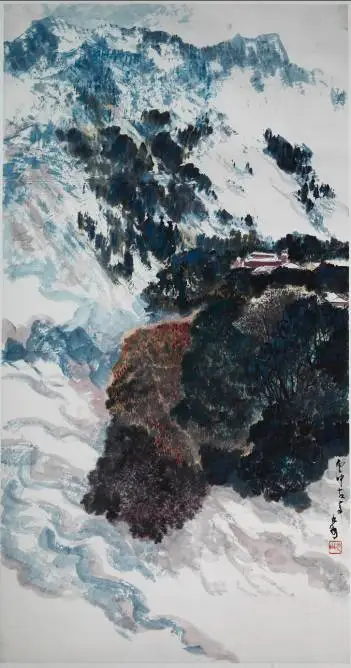
Li Qiongjiu's masterpiece "Ancient Temple in the Clouds".
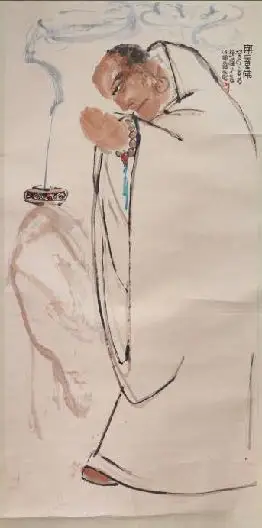
honored sir (a person of higher status or seniority, or a Buddhist monk)
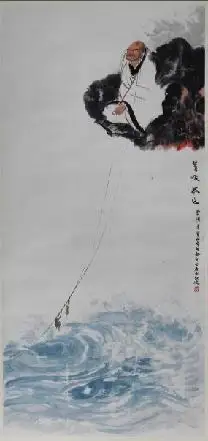
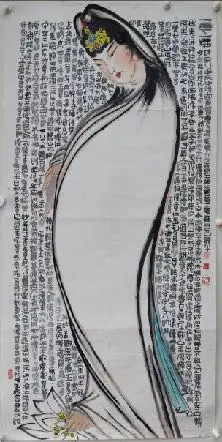
A flower and a Buddha full of money
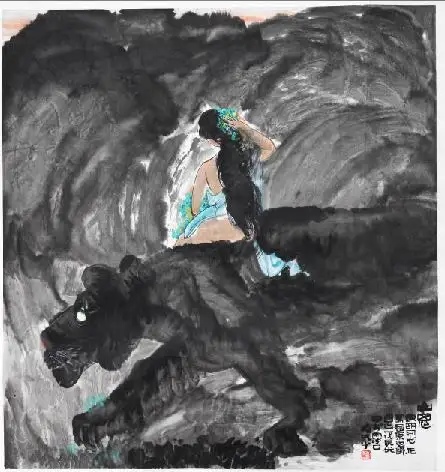
mountain ghost
Section VI. Plaques and Couplets
[Ancient Famous Couplets Appreciation]
In the depth of the year, the outside world is like our own.
Another country is home after a long time.
[Ancient Famous Couplets Appreciation]
Thorny trees leaning against the sky, and the view of the Tian's in the old days is outstanding.
The osmanthus branch contains rain and dew, and the fragrance floats to the Dou family in the future.
The key words in this couplet are: two words at the beginning and three words at the end
I.e.: Thorny Tree - Tian's Jing Gui Zhi - Dou Jiaqiu
First statement:
The first couplet "Tian's Jing" refers to Tian Wen, the ruler of Meng Chang, who recruited and recruited people during the Warring States period; the second couplet "Dou Jia Qiu" is an allusion to the Three Character Classic. "Dou Yanshan, there is a righteous side, teaching five sons, the name with Yang" five sons enrolled in the imperial examinations, five laurel alliance of the allusion. To be enrolled in the imperial examination is to fold the laurel, which is also suitable for the "laurel branch" at the beginning of the next couplet.
Rationale for the statement:
Duo Yanshan five sons of the "Duo Jiaqiu", only like Meng Changjun, Tian Wen, such as "Tian's King" to match, as for the head of the last line "Thorn Tree" do not know what to refer to.
Second statement:
"Tian's Jing" refers to Tian (田蚡), the brother of Empress Wang (王皇后), and Dou Ying (窦婴), the nephew of Empress Dowager Dou (窦太后), both of whom were prominent in the Han Dynasty during the reign of Emperor Wu.
The reason for the statement: only such a family of the noble family can be called "Tian's Jing" and "Dou Jiaqiu", as for the upper and lower head, do not know the reference.
Third statement:
While the "Dujiaqiu" coincides with the first statement, the "Tian's Jing" is a different one.
Said from the "ancient wonders", a Tian family of three brothers, a Jing tree in the court year after year flowers, and thus the family business more prosperous, and then because of the separation, Jing tree in the yard suddenly withered, see the situation, the three brothers are no longer separated, Jing tree suddenly thriving, the scene of the garden again. Therefore, Tian's Jing and Jing tree became synonymous with family harmony, family prosperity, "Tian's Jing tree" is also known as "Tian's Jing".
Reason for saying: Although this "Tian's Jing" is not as prominent as "Dou Jiaqiu", it is a commendable family of goodwill, and there will be a surplus of the reasoning of the beauty of the rumor.
The name "Thorn Tree" at the beginning of the couplet and "Tian's View" at the end of the couplet match each other, and the allusion is accurate.
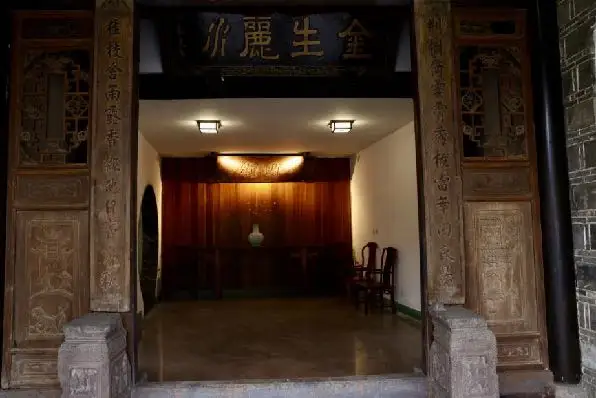
Appreciation of Famous Couplets] Literary Sheng Shu Zhong chases Li Du, Garden name Jin Li is comparable to Suzhou and Hangzhou.
Ancient Couplets Appreciation] A Room of Clear Breeze and Orchid Qi, Half a Window of Bright Moon and Plum Blossoms
Appreciation of Ancient Famous Couplets] People living in natural habitat can live in heaven.

[Ancient Famous Couplets Appreciation]
I'd rather be happy in the field than be a do-nothing.
[Ancient Famous Couplets Appreciation]
The body of benevolence and accumulation of goodness for the animal God's true cause, especially expected to be inherited by the children and grandchildren;
Saying rituals and poetry is the root of the greatness of the light before and after, and must be practiced and learned.
This long couplet, with its neat counterpoints and deep connotations, is a rare masterpiece of ancient couplets.
[Appreciation of Famous Couplets]
lit. open the door and see the mountain filled with pine color
Pushing the window to watch the rain and the sound of bananas
The top and bottom couplets are realistic about the scene;
The contrast between masculinity and laid-back serenity;
Literal alternative reading: "Push open the door and window and see the rainy mountain; the garden is full of bananas and pine colors."
The couplet is composed by Mr. Yi Wenqing and written by Mr. He Yinghui, a famous Chinese calligrapher, vice chairman of the Chinese Calligraphy Association and chairman of the Sichuan Calligraphy Association.
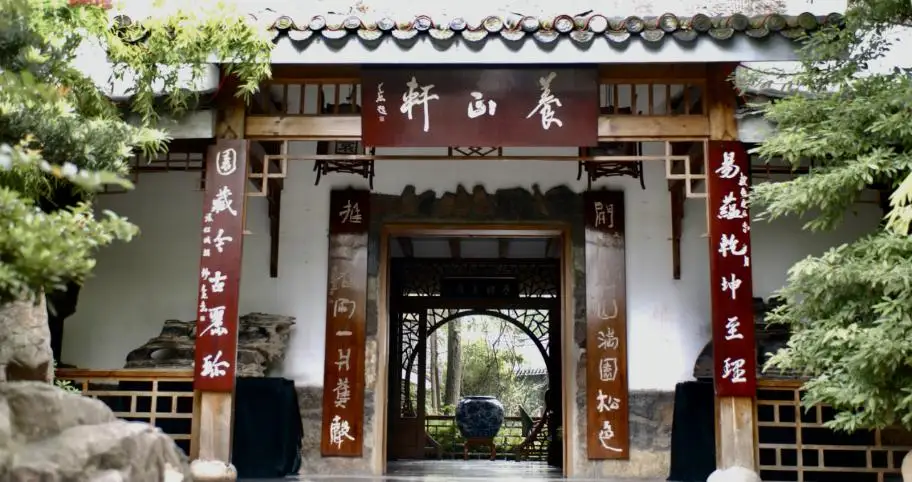
[Appreciation of Famous Couplets]
Yi contains the most important principles of the universe.
A collection of ancient and modern treasures
Calligraphy by Mr. Qian Laizhong, President of the Sichuan Provincial Art Association.
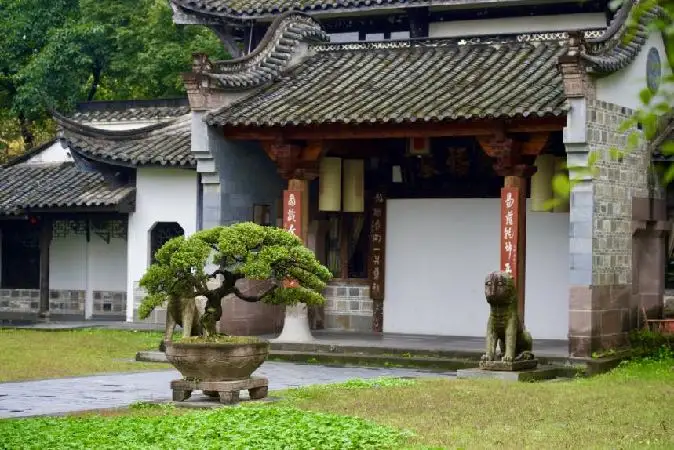
[Famous Couplets Appreciation] Academician Zhu Qingshi wrote a couplet: Jiangshan Wenzao Chengping Ode, Shui Shi Qinghua Ciutai Tu.
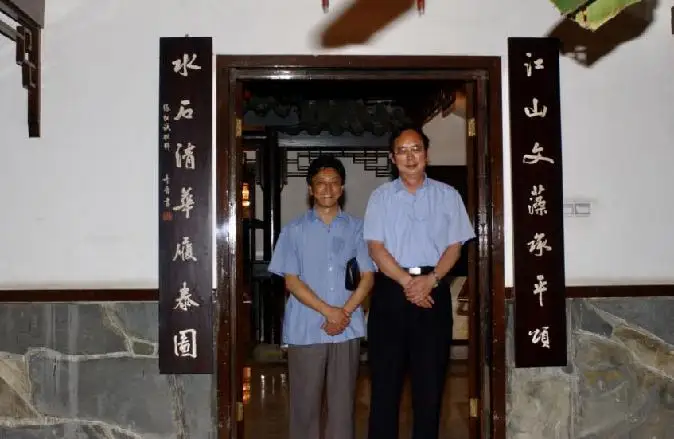
The then Governor of Sichuan Province, Mr. Yang Analytical Brown, wrote the couplet and the book:
The Bijou tree is hidden in the Qiong Lou, and the West Shu garden is in full bloom.
The clear stream scribes white stone east Xuan clouds and air connected to the remote mountain.

[Ancient Famous Couplets Appreciation]
Collect the great things of Qiankun and Kun, and observe the middle of the road.
Characteristics: Composed with 8 trigrams.
The association: the greatness of heaven and earth, to achieve the loss of the compromise.
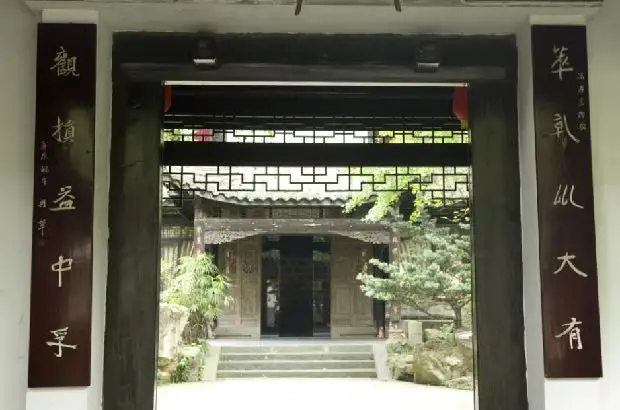
[Ancient Famous Couplets Appreciation]
The family's good deeds were carried out without the need for a car.
Note: Pan Shui - that is, the water in front of the door of the ancient examination known as Pan Shui, had traveled to Pan Shui refers to have been examined for the examination, also known as the tour of Pan Shui.
Carriage: means car and sedan chair; Car and sedan chair: means ferrying people across the river without taking the boat and sedan chair.
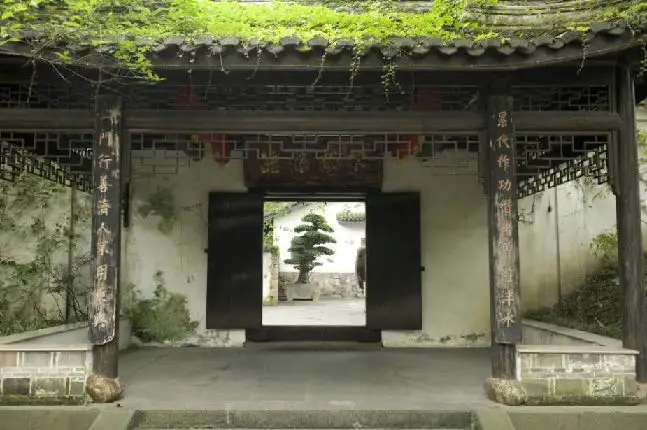
[Ancient Famous Plaques]
Jing Ming line repair from the Qing dynasty Qianlong fourteen years, Zhang Jixian, a scholar for the Guangdong Xinjin County Hall Chen Yan for the plaque. Ancient cultivation of virtue and wisdom of the canon called "Ming Jing", "Jing Ming" is to read the meaning of understanding, "line repair" is the cultivation of character, combined as "Jing Ming line repair It can also be read as "practicing and understanding the scriptures", or "practicing and understanding the scriptures".

[Ancient Famous Plaques]
The "Rationalist Style" and "Farming and Studying" convey the philosophy of Yixue and the dialectical values of life, and advocate the ancestral system and family motto of hard work and study, cultivating one's moral character, aligning one's family with the family, and ruling the country.
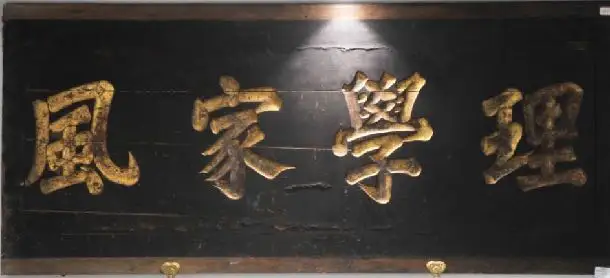
[Ancient Famous Plaques]
Xiuqi Lingyun is from a plaque presented by Yang Chaoyi in the seventh year of the Qing Dynasty (Xianfeng).
[Ancient Famous Plaques]
Pure Jubilee Zheng Xie Inscribed by Zhang Da Rong in the 10th year of the Jiaqing reign of the Qing dynasty, in the name of Zhang Da Rong, the main hall of Huai'an County, Uizhou, directly under the state of Wei.
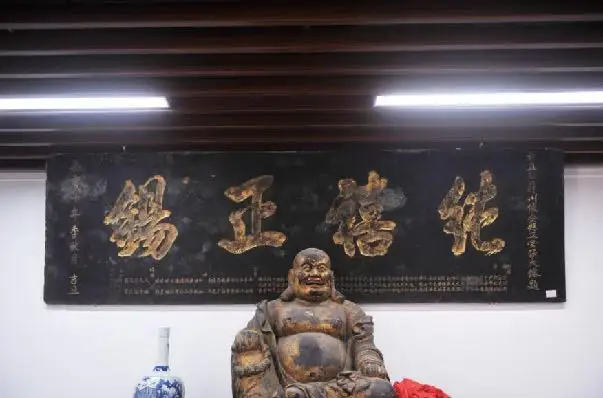
Ancient Plaque Appreciation
Must Get His Life From the Great Birthday Plaque of the Republic of China.
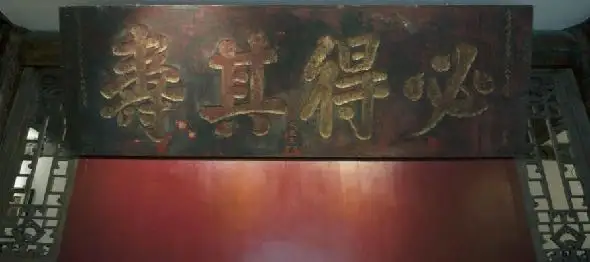
[Ancient Famous Plaques]
"No Appearance but Virtue", Qing Dynasty, Jiaqing
"No" is "Pi". The word "Pi" means "great" and the word "Pi" means "great", meaning that only with virtue can one be great.
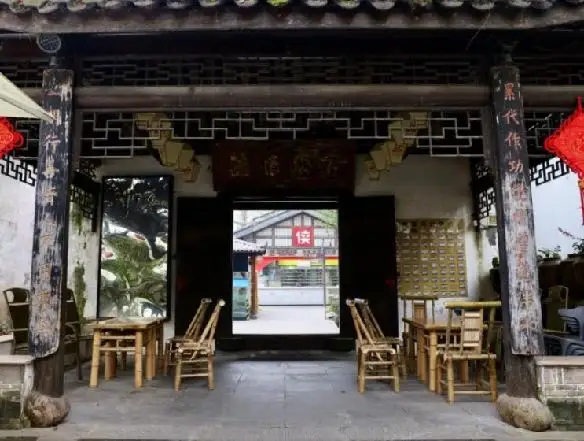
[Ancient Famous Plaques]
Rui around Huatang, Qing Xianfeng; from the hand of Chen Xianrui, the main hall of Confucianism in Pengxi County, Tongchuan Prefecture, Qing Jiaqing. Rich and atmospheric, the atmosphere is awe-inspiring, a rare and fine masterpiece.






